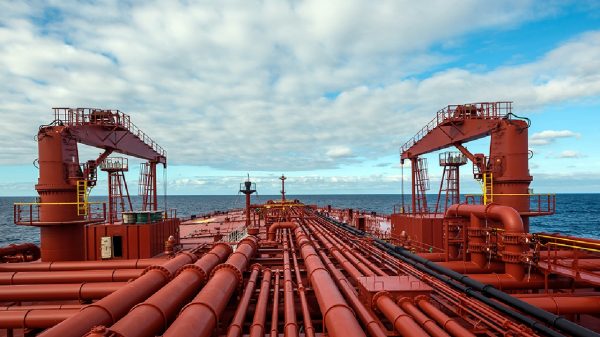Hose Handling Cranes: Operating Procedures
Working on board a vessel is a dangerous job, especially during crane operations. Any number of errors or missed opportunities for safety precautions could lead to an accident, that may result in injuries or even death. Unfortunately, there are many examples of workers in the shipping industry getting hurt or even killed, during crane or…










